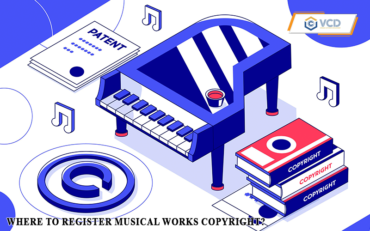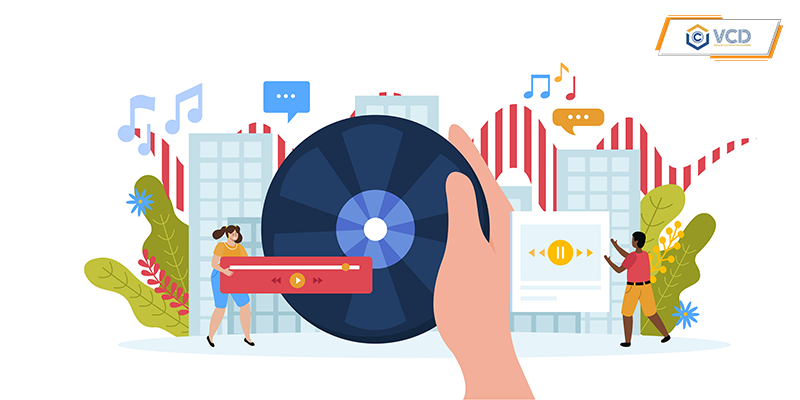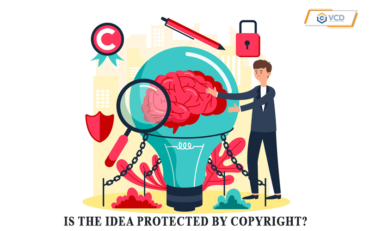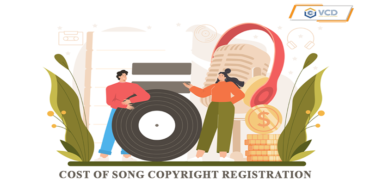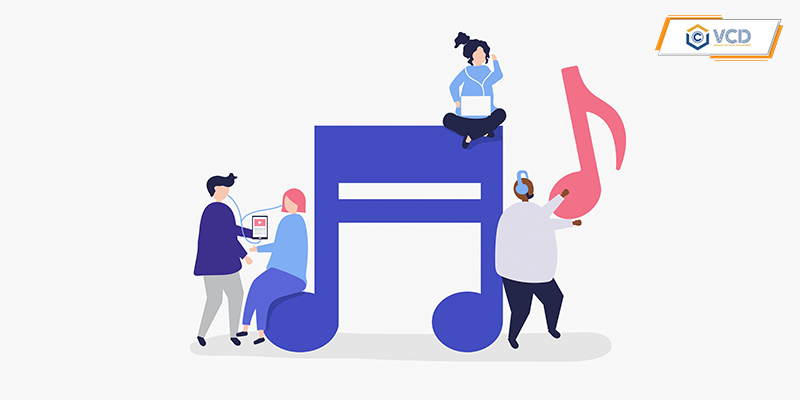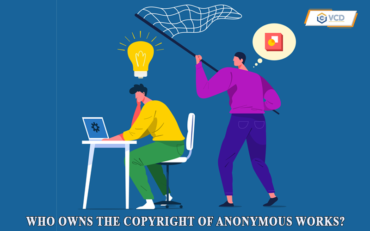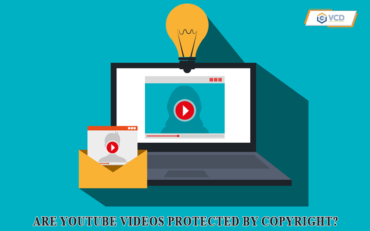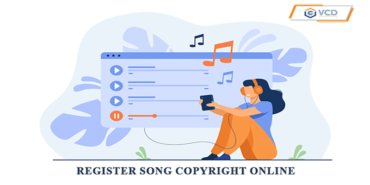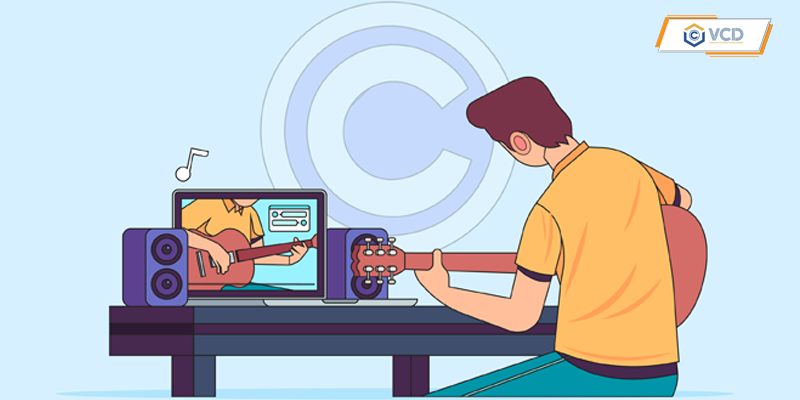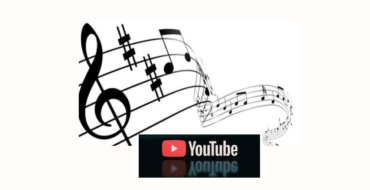How can work be copied without violating copyright?
Copying a work without the permission of the author or copyright owner is considered an act of copyright infringement. Accordingly, what is copying, and in what cases is How can work be copied without violating copyright?
1. What is copying?
According to the provisions of Clause 10, Article 4 of the Intellectual Property Law, Copying is the creation of one or more copies of a work or audio or video recording by any means or form, including creating copies in electronic form.
For unpublished works, the copyright owner has the exclusive right to make or allow others to make copies of the work. In this case, only the copyright owner or a person authorized by the copyright owner may copy the work.
For published works, other organizations and individuals who want to copy them must ask permission and pay royalties, remunerations, and other material benefits to the copyright owner.
2. In case of copying a work, it does not violate copyright
Although copying works is one of the property rights, when exploiting and using, organizations and individuals must ask for permission and pay royalties, remunerations, and other material benefits to the copyright owner. fake.
However, the law still stipulates several exceptions in Article 25 of the Intellectual Property Law for copying published works without permission, without having to pay royalties or remuneration, including:
- Copy a copy yourself for personal scientific research and teaching purposes.
- Copy the work to store in the library for research purposes
In addition, Article 25 of Decree 17/2023/ND-CP also guides the reasonable copying of a work using copying equipment as follows:
“Article 25. Reasonable copying of part of the work using copying equipment
1. Reasonably copy part of the work using copying equipment for scientific research, personal study, and not for commercial purposes specified in Points b and e, Clause 1, Article 25 of the Intellectual Property Law Intellectual property is the act of reasonably copying no more than one copy of a portion of a work.
2. Copying equipment specified in Points a, b, and e, Clause 1, Article 25 of the Intellectual Property Law is equipment with a copying function with all or part of related components automated based on with or without payment for service by anyone not affiliated with the entity that owns, possesses, or commercially exploits the equipment.
3. For works expressed in written form, reasonable copying specified in Clause 1 of this Article is copying by photocopying, photography, or other similar methods with a maximum of not more than 10% total number of pages or total storage units (bytes), total number of words of the edition, length of the edition’s content for works provided as electronic editions without page division.
Reasonable acts of copying using copying equipment specified in this Clause must be independent acts of each organization or individual performing them, and if there is repetition, it is individual cases that are not related to each other. on the same work.
4. Organizations and individuals that copy works expressed in written form with a percentage greater than the level specified in Clause 3 of this Article must obtain permission from the copyright owner and pay royalties. , other material benefits (if any) to the copyright owner.”
Copying a work without the permission of the author, or copyright owner or not falling into the above cases is an act of copyright infringement as prescribed in Clause 6, Article 28 of the Intellectual Property Law.
Above is the article “How can work be copied without violating copyright?“. We hope this article is useful to you.


